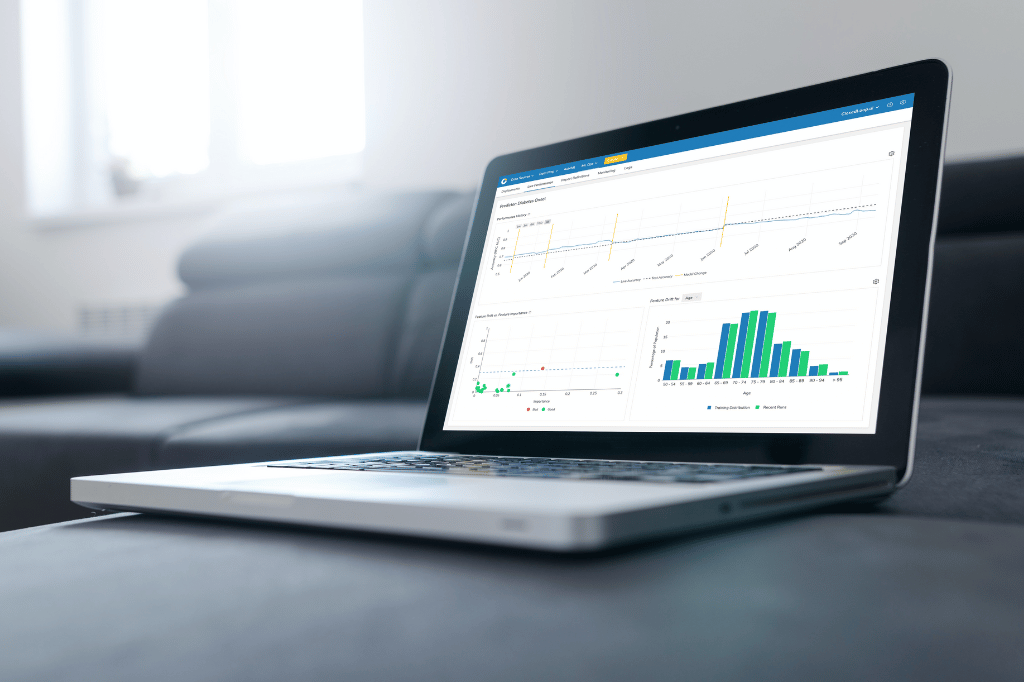Predict | Chronic Diseases
Predict chronic disease progression and improve outcomes.

The U.S. spends $3.8 trillion annually on healthcare expenditures, 90% of which is spent for people with chronic and mental health conditions. A staggering 60% of adults have at least one chronic disease and nearly 30% have three or more. Managing chronic conditions can also be challenging; the presence of multiple conditions magnifies utilization, costs, and vulnerability to complications.

BUILT FOR HEALTHCARE
Ingest, normalize, and blend data
from dozens of health data sources.
Electronic Health Records
Unstructured Clinical Notes
e-Prescribing Data
Vital Signs
Remote Monitoring Data
Medical Claims
Rx Claims
ADT Records
Lab Test Results
Social Needs Assessments
Social Determinants of Health
Operations & Services
Risk patient will develop sleep apnea

Patient ID
Gender
Age
Risk Score Percentile
445109077
Male
52
98
Impact on risk
Contributing factor
Value
High Blood Pressure (mmHg)
150/100
Decline in Sleep Quality (episodes / week)
2 to 5
Avg. Oxygen Saturation (Spo2 Pct)
95% to 90%
History of Asthma
Yes
AI INFORMS ACTION
Pinpoint high-risk individuals and surface actionable risk factors.
ClosedLoop generates explainable predictions using thousands of auto-generated, clinically relevant contributing factors.
Enhance
Enhance chronic care management enrollment and personalize care plans
Educate
Educate patients, improve engagement, and promote self-management
Ensure
Ensure access to health resources and appropriate functional supports
EXPLORE MORE USE CASES
Admission to a Skilled Nursing Facility
Predict SNF admission risk and reduce rehospitalization.










